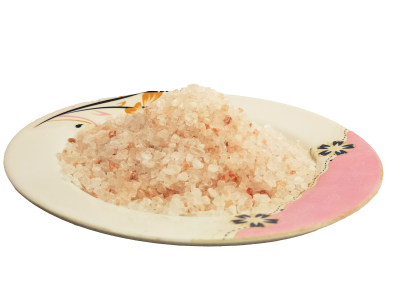
edible salt types
Salt is a vital ingredient in every kitchen worldwide, enhancing flavors, preserving foods, and contributing to essential body functions. However, not all salts are created equal. Various types of edible salts, each with unique characteristics, are used in different culinary contexts. This guide will delve into each type of salt, discussing their origins, appearances, and uses.
Algohar World natural salt lamps that are believed to provide various benefits, combining both the aesthetic appeal and the potential health advantages associated with Himalayan salt lamps.
Introduction to Salt and Its Importance
Salt is a mineral primarily composed of sodium chloride (NaCl). It’s essential for human life, helping to maintain fluid balance, nerve function, and muscle contraction. Over time, humans have discovered and cultivated different types of salt, each with distinct textures, flavors, and benefits.
Table Salt
Origins and Production
Table salt, also known as refined salt, is the most common salt used in households and kitchens. It is usually sourced from underground salt mines and undergoes extensive processing to remove impurities.
Characteristics
Table salt has a fine texture, making it easy to measure and dissolve in cooking. It’s often fortified with iodine, an essential mineral that supports thyroid health, and anti-caking agents are added to prevent clumping.
Uses
Table salt is widely used in everyday cooking and baking. Its small, uniform grains make it suitable for precise measurements, especially in recipes that require exact amounts of salt.
Health Considerations
Due to its high processing level, table salt lacks trace minerals found in unrefined salts. Its iodine fortification, however, is beneficial, especially for populations at risk of iodine deficiency.
Sea Salt
Origins and Production
Sea salt is produced by evaporating seawater, leaving salt crystals behind. This process often takes place in warm, sunny climates where natural evaporation can occur efficiently.
Characteristics
Sea salt tends to have a coarser texture and larger grains than table salt. It contains trace minerals like magnesium, calcium, and potassium, which can influence its flavor and color. The exact mineral content varies depending on the seawater source.
Note: The world of edible salt types is diverse, with each type offering unique flavors, textures, and mineral compositions.
Uses
Sea salt is popular in cooking, especially as a finishing salt, where its coarse texture adds a satisfying crunch. It’s also used in health-conscious diets due to its lower sodium content compared to refined table salt.
Health Considerations
While sea salt contains some beneficial minerals, these are present in minimal quantities, so its nutritional advantage over table salt is marginal. It is, however, less processed, which appeals to those seeking natural food products.
Himalayan Pink Salt
Origins and Production
Himalayan pink salt is mined from the Khewra Salt Mine in Pakistan, one of the oldest and largest salt mines in the world. It is believed to have been formed millions of years ago as ancient oceans evaporated.
Characteristics
This salt has a distinctive pink color, derived from trace minerals such as iron, magnesium, and potassium. The grains are larger than those of table salt and vary from fine to coarse textures.
Uses
Himalayan pink salt is a versatile cooking salt and can be used as a finishing salt. It’s also popular for decorative purposes, such as salt lamps and salt blocks used for cooking and serving food.
Health Considerations
Some believe Himalayan salt provides additional health benefits due to its mineral content. However, these minerals are present in trace amounts, so the health impact is minimal. The unique flavor profile and natural appearance make it popular among health-conscious consumers.
Kosher Salt
Origins and Production
Kosher salt gets its name from its use in the koshering process of meat, a traditional method to remove blood according to Jewish dietary laws. It’s usually derived from rock salt and has a coarse, flaky texture.
Characteristics
Kosher salt is characterized by its large, irregular crystals, which dissolve more slowly than finer salts. It’s generally free of additives, making it a natural choice in cooking.
Uses
Kosher salt is favored by chefs for its texture and ease of handling. Its coarse grains make it ideal for seasoning meat, vegetables, and even baked goods. It’s also excellent for preserving due to its ability to draw out moisture.
Conclusion
The world of edible salt is diverse, with each type offering unique flavors, textures, and mineral compositions. Understanding the differences between salts can enhance culinary experiences and provide options for dietary preferences and health considerations. Whether using refined table salt for baking, sprinkling fleur de sel over a finished dish, or using smoked salt in a barbecue, each variety has its place in the kitchen.





Leave Your Comment